5 Tips on How to Receive a Massage
The complexities of receiving a massage you didn't know existed
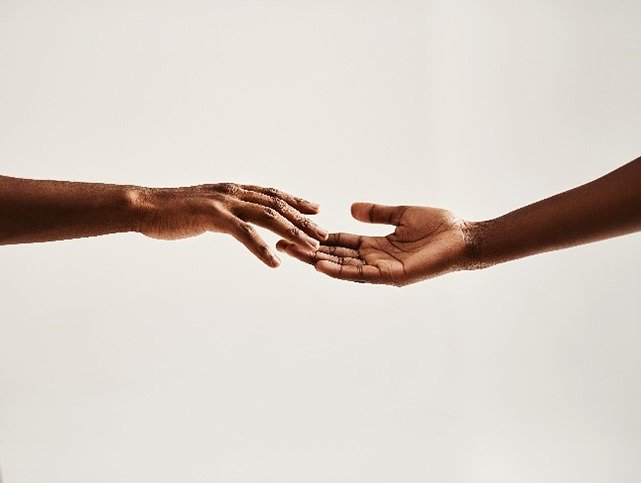
 by Nu BodyMind
·
Mon 27 Nov 2023
by Nu BodyMind
·
Mon 27 Nov 2023
Many may believe that receiving a massage is as simple as showing up on time, undressing to your comfort level, and laying on the massage table. What many people don’t understand is that receiving a massage is more complex than that. It requires being present, being open and less critical, the ability to internalize and communicate the experience, and the willingness to trust the process.
However, let’s not pretend that is easy to do as there are many different experiences people have had after surrendering their bodies on the massage table. This spectrum of experiences has a range stretching from transcending to traumatizing. Not to mention that the effects, positive or negative, commonly linger for at least a couple of days up to a week. In which case, doing research and choosing a massage therapist with experience and skill, who is intuitive, and intentional with their performance will reduce the chances of having a horrible or unsatisfying experience.
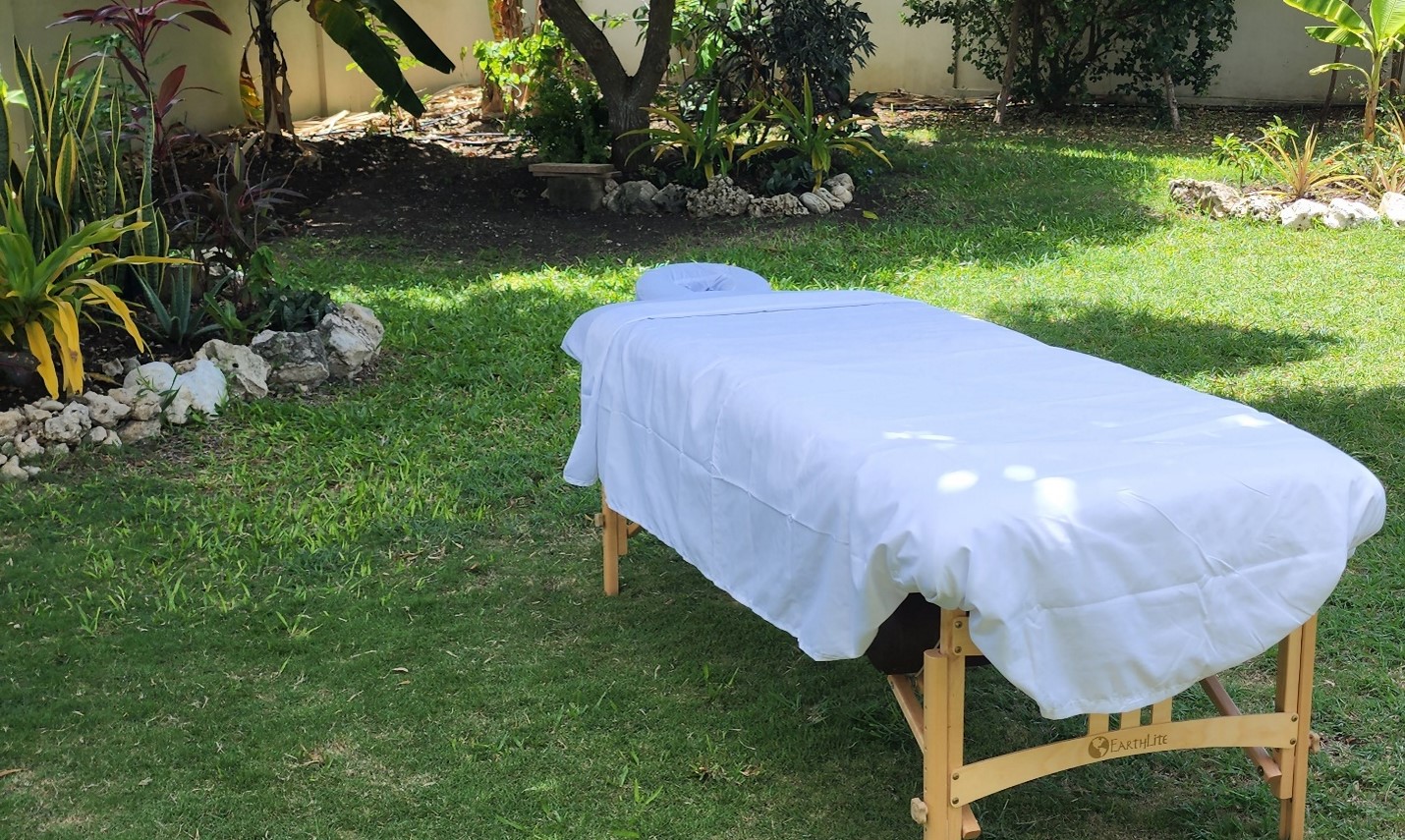
In contrast, there are instances where massage outcomes are unsatisfactory, and the massage therapist is decent. How can this be? Being ill prepared to receive a massage. Your massage therapist is essentially communicating with your body and your body is telling them what it needs. From our perspective, showing up for a massage without proper preparation is like trying to engage in dialogue with someone who is not receptive. Whatever the body is communicating, it would behoove folks to help their therapist interpret their bodies’ messages by showing up ready to receive whatever is needed (at minimal discomfort, of course) and give feedback for optimal outcomes.
Here are five tips on how to receive a proper massage:
Hydrate the inside of your body
Can not stress the importance of hydration for obvious reasons, but for the not so obvious reasons they include the sensations felt during and after your massage, the responses of your tissues, and the outcome of your treatment.
Many people are not aware that when they are not well hydrated their muscles can feel very dry and fibrous, often characterized as stiffness. Objectively, I compare them to guitar strings, bridge cables, and planks of wood. When muscles are this texture and not moist, elastic, and bouncy it can make for a painful or uncomfortable massage.
Instead of getting the “knots” out, your therapist is stuck pushing what little fluid you have into your muscles, so that they can simply function properly. This does not always get rid of your “knots” and most certainly not your pain/ discomfort.
Let’s say your therapist did get your “knots” out. It may have been invasively painful, it may have been repetitive and stagnant, and they didn’t get to thoroughly address other areas of your body. This is the kind of outcome that leaves people feeling extreme post-massage soreness that may last several days. For an optimal outcome and long-term results, we need the muscles to have fluid in them for better responses to massage treatment.

Aside from that, water is a catalyst for awareness and connection. If your therapist can have a seamless line of communication with your muscles, it opens the door for self-exploration with objective feedback and guidance. This level of awareness and connection can enable people to learn the source of their tension, what kind of tension they’re dealing with, and empower recognition so they can work toward prevention practices outside of session.
Connect with how massage feels on your skin and within your body
Try to refrain from monitoring your therapist’s performance for the purpose of taking home what you’ve learned. Instead, home in on your breathing and monitor your body’s state in terms of resistance or surrender. If you are unfamiliar with how to internalize your massage experience, it is easiest to do this in sections at a time. A great way is to mindfully follow your therapist, relaxing and surrendering as they navigate your body. Do this until you are able to connect with your whole body at once. As your therapist comes across any areas of tension, naturally with a little pressure and compression it is expected to experience a little discomfort. In these instances, your body may tense up, twitch, or spasm. It is best to focus on breathing deeply and recognizing its power when your therapist comes across these uncomfortable areas of tension.
Note: If the amount of pressure being provided is causing pain, communicate this to your therapist so they can adjust.

Notice the changes that may occur during your massage treatment
The power of breathing deeply during your massage adds for quick releases of muscle tension when experiencing mild discomfort. More importantly, it presents the opportunity for folks to recognize where they hold tension in their bodies while in resting position. Very often I come across people who are not aware that they hold their bodies tightly. By this, I mean their muscles are contracted and they think they are relaxed. 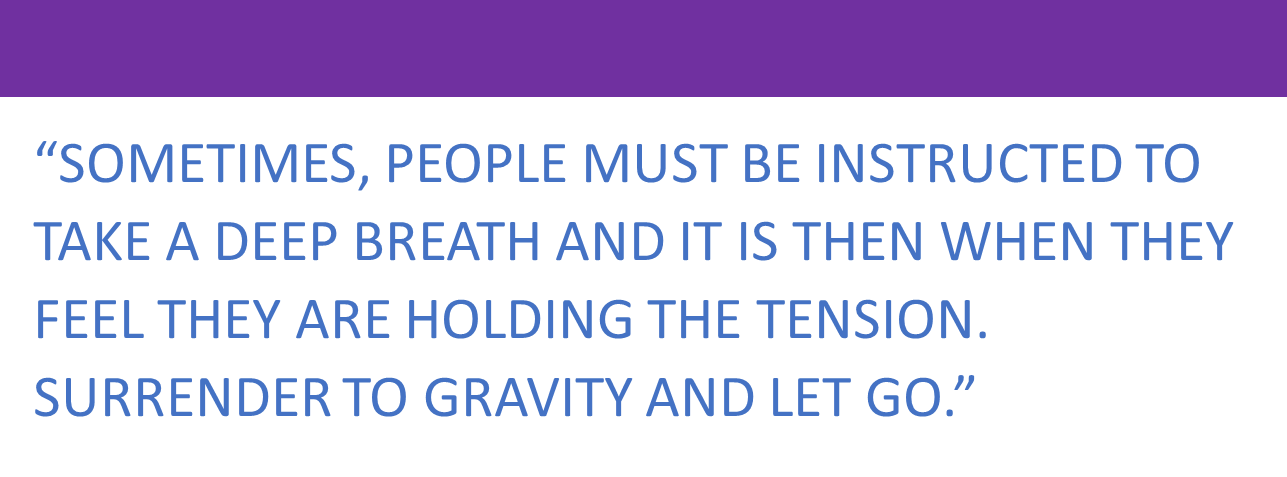 Sometimes, people must be instructed to take a deep breath and it is then when they feel they are holding the tension. Surrender to gravity and let go. When tension is releasing it may feel like sudden discomfort that goes away or increased sensitivity, muscle tissues become softer and pliable, passive movements performed by your therapist feel smoother with less discomfort, your body begins to get heavy and sink into the table. When tension is held in the body it can feel like limited range of motion, stiff and painful joints, an upset stomach, headaches/ migraines, etc. It can look like elevated shoulders, balled fists, contracted glutes (buttocks). Some people hold their breath, grind their teeth, or push their tongue against their teeth. These physical characteristics of tension in the body are often associated with mood invaders like anxiety and depression.
Sometimes, people must be instructed to take a deep breath and it is then when they feel they are holding the tension. Surrender to gravity and let go. When tension is releasing it may feel like sudden discomfort that goes away or increased sensitivity, muscle tissues become softer and pliable, passive movements performed by your therapist feel smoother with less discomfort, your body begins to get heavy and sink into the table. When tension is held in the body it can feel like limited range of motion, stiff and painful joints, an upset stomach, headaches/ migraines, etc. It can look like elevated shoulders, balled fists, contracted glutes (buttocks). Some people hold their breath, grind their teeth, or push their tongue against their teeth. These physical characteristics of tension in the body are often associated with mood invaders like anxiety and depression.
Therefore, sometimes thoughts, emotions, and memories come up during or after the session. This may happen because although experiences and associating emotions are not always at the forefront of our minds, the body stores everything and can release its stored contents when it is stimulated and unlocked. This stored energy can present itself in emotional outbursts like laughter, physiological responses like shedding tears or coughing, sensory memories like a voice or a song, and thoughts like internal dialogue. Connect these events with where your therapist is massaging your body. This is an essential process in somatic therapy, so you may want to remember these details for discussion and/or for journaling after.
Try to remain as passive as possible unless instructed to move or assist
Assisting while the therapist is performing any passive release techniques which requires them to move you, will reduce the efficacy of the technique. The whole idea is to take a less invasive deep tissue approach by passively moving the targeted muscle group. This allows the muscles to shift between its various lengths and become coaxed it into its normal relaxed state. Think of yourself as a puppet on strings. By actively moving during this technique, the muscle will contract thus becoming counter-productive especially if the muscle already has a lot of tension and stiffness. Most massage therapists are aware that many people struggle with this task when they lead busy and active lives. This is when they instruct deep breathing or switch to an active release technique to promote relaxation and re-attempt the passive techniques, or simply move on for the sake of time.
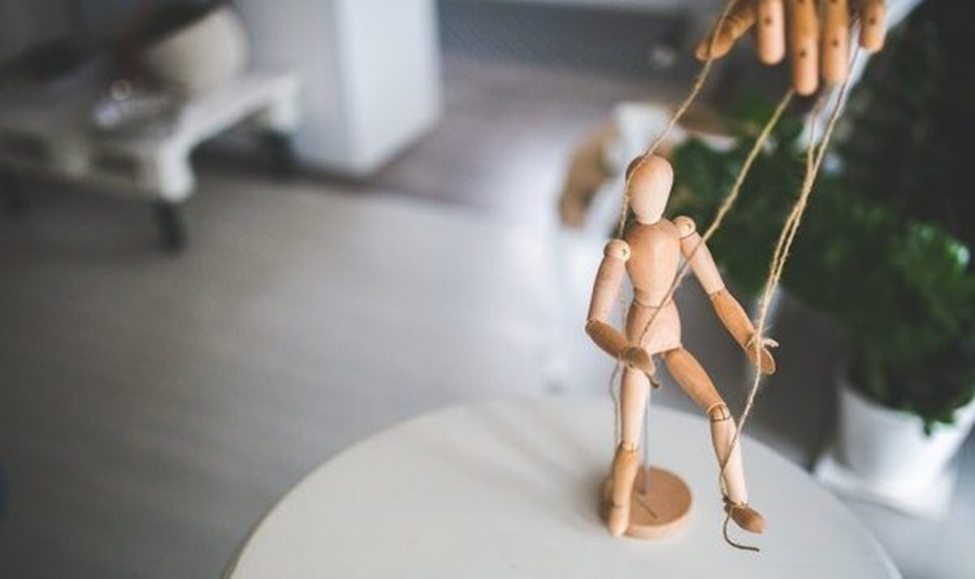
Communicate
On a simple note, let your therapist know what feels good and what does not. Set a tone and a boundary that enables you to be receptive to the treatment. Refrain from getting hung up on the misconception of the “no pain, no gain” mentality while lying on the table uncomfortable the whole time and tell your therapist what you need. On the other hand, change is still occurring even if you have a high tolerance and desire a little discomfort. Stay engaged and trust the process. I’ll remind you that the muscles communicate. Sometimes they respond better with lighter pressure even when you want it deeper, and sometimes they respond better to deeper pressure when you want it lighter. Remain receptive because once you close yourself off and shut down so will your body.
Lastly, stay present and engage with your session internally and externally. Ultimately, the goal is to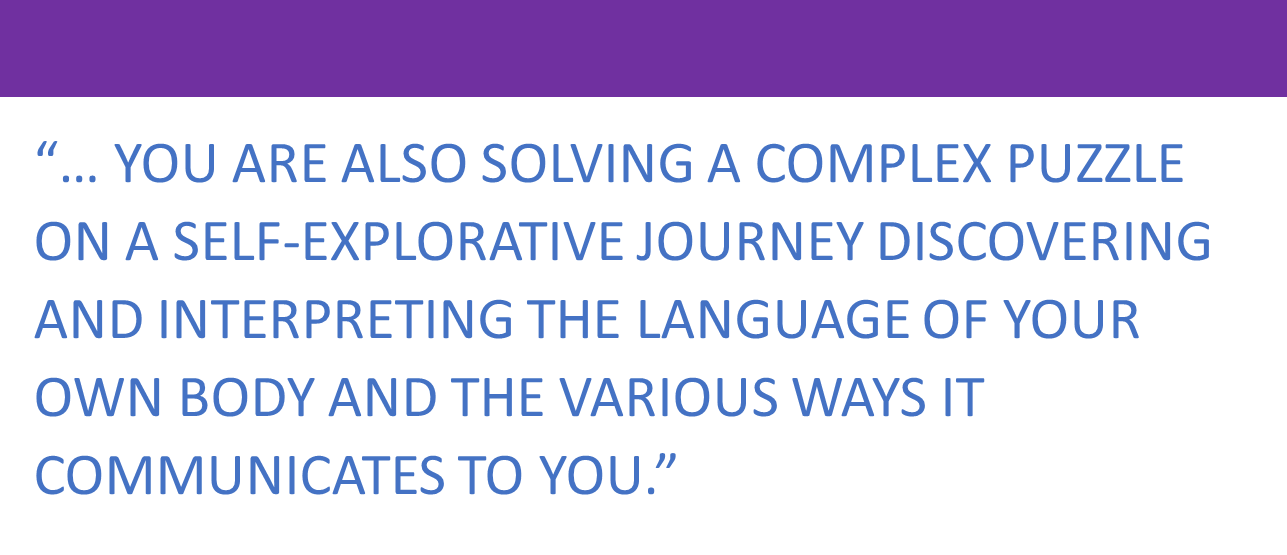 relax and relieve stress, but you are also solving a complex puzzle on a self-explorative journey discovering and interpreting the language of your own body and the various ways it communicates to you. I encourage this mindset whether you’re in a somatic therapy session or otherwise. Furthermore, communication with your therapist fosters an exchange of subjective and objective discovery connecting dots to the when, why, and how of the happenings within the musculoskeletal system. This is the kind of intel that leads to positive outcomes and long-term results.
relax and relieve stress, but you are also solving a complex puzzle on a self-explorative journey discovering and interpreting the language of your own body and the various ways it communicates to you. I encourage this mindset whether you’re in a somatic therapy session or otherwise. Furthermore, communication with your therapist fosters an exchange of subjective and objective discovery connecting dots to the when, why, and how of the happenings within the musculoskeletal system. This is the kind of intel that leads to positive outcomes and long-term results.
These are just a few tips on how to get the most out of your massage treatment. Trust and believe there are more. Remember that receiving a massage is more than just showing up and lying down. Although, this is quite often the mentality in a spa environment, I still encourage the practice of these tips in any bodywork environment especially, in a clinical setting. You must play your part and do the work. If you want long-term results, put in the same energy you want to get out of your massage because your body depends on you to make the connections. Be prepared to make necessary behavior changes and adjust lifestyle choices for best self-love practices.